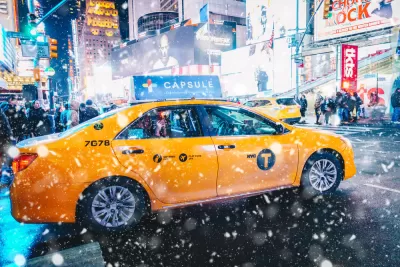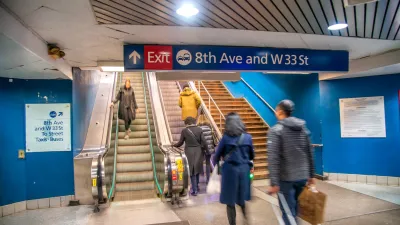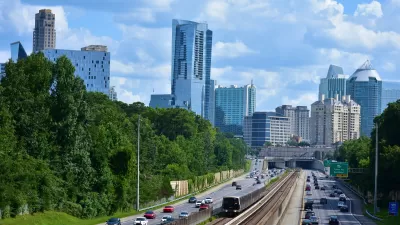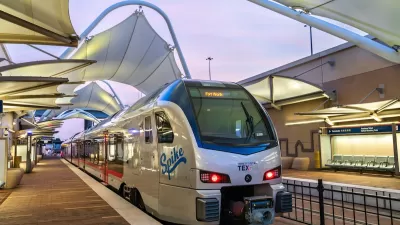CityLab has produced a pair of articles geared toward safe driving behaviors on New Year's Eve.

Mimi Kirk shares news of a bus company in Tokyo that runs a special service in December called the “Oversleeping Rescue Bus.”
For those who ride the Chuo Line in Tokyo, which begins at Tokyo Station downtown and ends about 30 miles west at Takao Station, in the foothills of the Kanto Mountains, the situation is particularly bleak: The rural area lacks inexpensive hotels and all-night restaurants where the stranded can wait out the night.
For these lost souls, the Nishi Tokyo Bus Company, a private outfit, has come to the rescue for the past four Decembers. Its “Oversleeping Rescue Bus” picks up passengers on three early Saturday mornings at Takao Station—at 1:05 am, 10 minutes after the last train rolls in—and transports them back one stop east, to Hachioji station, for less than $8. Last year, the bus served 75 people, with 32 partaking on a single night.
That's great for people who ride the train on the Chuo Line in Tokyo, but for those who plan to party hard in the United States on New Year's Eve, Benjamin Schneider has created a guide to cities and services that prioritize getting home safely. As Schneider notes, Americans don't have a good track record with safe driving behavior after the ball drops on January 1:
January 1 was the most deadly day on the calendar for pedestrians between 1998 and 2014, and the second most deadly for car crashes overall, according to the Insurance Institute for Highway Safety.
Included in Schneider's guide is a list of all the public transit agencies providing free rides ("public transportation is your greatest ally," writes Schneider). There are also free towing services in parts of the country and subsidized ride hailing opportunities—all detailed in the article.
FULL STORY: How to Get Home Safely on the Booziest Night of the Year

Trump Administration Could Effectively End Housing Voucher Program
Federal officials are eyeing major cuts to the Section 8 program that helps millions of low-income households pay rent.

Planetizen Federal Action Tracker
A weekly monitor of how Trump’s orders and actions are impacting planners and planning in America.

Ken Jennings Launches Transit Web Series
The Jeopardy champ wants you to ride public transit.

‘Minnesota Nice’ Isn’t so Nice When You Can’t Find a Place to Live
The Economic Development and Housing Challenge Program can help address the scourge of homelessness among Indigenous people.

NYC Open Streets Organizers Call for City Support
The number of open streets projects has dropped year after year as volunteer groups struggle to fund and staff them.

Crime Continues to Drop on Philly, San Francisco Transit Systems
SEPTA and BART both saw significant declines in violent crime in the first quarter of 2025.
Urban Design for Planners 1: Software Tools
This six-course series explores essential urban design concepts using open source software and equips planners with the tools they need to participate fully in the urban design process.
Planning for Universal Design
Learn the tools for implementing Universal Design in planning regulations.
Heyer Gruel & Associates PA
Ada County Highway District
Institute for Housing and Urban Development Studies (IHS)
City of Grandview
Harvard GSD Executive Education
Toledo-Lucas County Plan Commissions
Salt Lake City
NYU Wagner Graduate School of Public Service





























